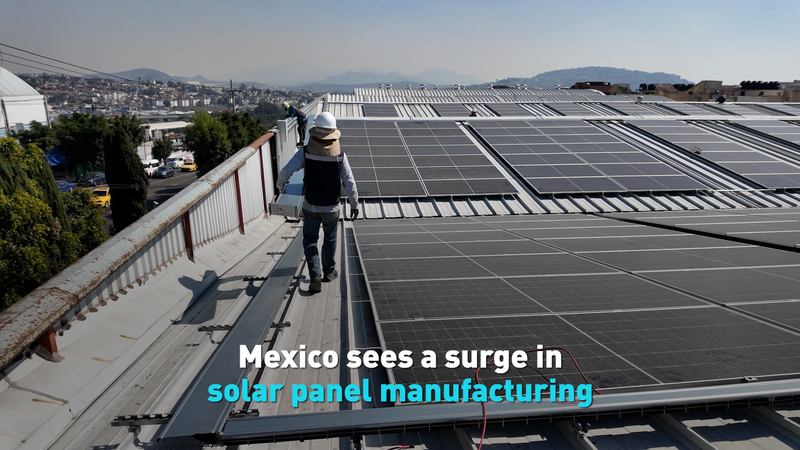Australia's unique ecosystems are under growing threat from climate shifts and data gaps, a new report from Australian National University (ANU) warns. Over the past quarter-century, average land temperatures have soared by 0.81°C, while the number of threatened species has climbed more than 50%.
Our ability to understand these changes hinges on reliable environmental monitoring. Yet on-ground networks—weather stations, stream gauges, groundwater sensors—are ageing, underfunded, or falling into disrepair. Meanwhile, many regional areas remain blank spots on the map.
The challenge is magnified by Australia's dependence on satellite data from U.S. agencies like NASA and NOAA. Proposed funding cuts could disrupt vital data streams, leaving researchers, policymakers, and communities without the insights they need to adapt.
“Our own on-ground monitoring infrastructure is ageing and underfunded, and weather stations and stream gauges are being decommissioned or left unrepaired, groundwater and soil-moisture networks are patchy, and many regional areas are data deserts,” says report lead author, ANU professor Albert Van Dijk. He warns that without robust, sovereign monitoring systems, Australia risks being unable to track environmental changes or respond effectively if international data streams falter.
Data from the past 25 years paints a stark picture:
- 22% increase in extreme heat days, heightening risks for farmers and digital nomads alike.
- Repeated mass coral bleaching events imperil reef tourism and marine biodiversity.
- 53% surge in threatened species since 2000, with some wildlife populations plummeting by over 60% due to habitat loss, invasive species, and climate stress.
For business and tech enthusiasts, this report is a call to action: invest in next-generation sensors, remote-sensing startups, and AI analytics to fill data gaps. For thought leaders and changemakers, it underscores the urgent need for policy frameworks that safeguard data sovereignty and fund sustainable monitoring.
And for travellers and young global citizens, more precise environmental data means safer, more resilient adventures—from reef diving on the Great Barrier Reef to outback treks.
Australia's environmental future hinges on a simple equation: data in, resilience out. The question now is whether policymakers, investors, and communities will step up—before the data deserts become deserts of resilience.
Reference(s):
Australia faces bleak environmental future without more investment
cgtn.com




